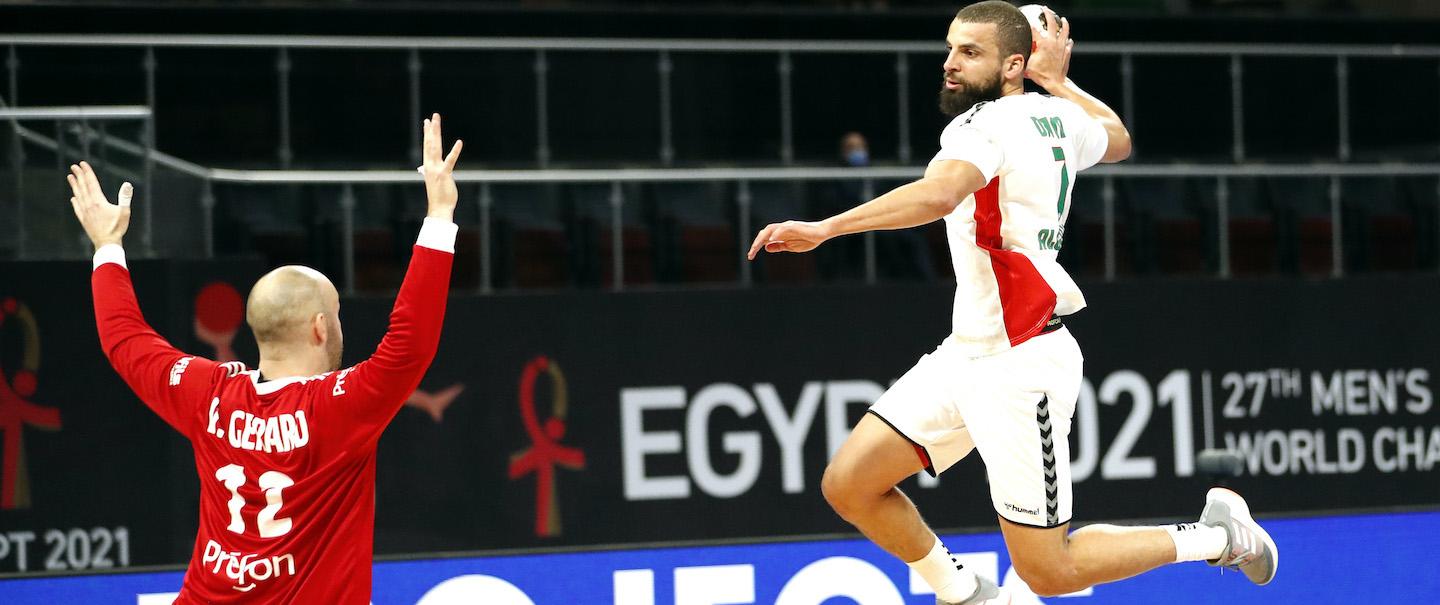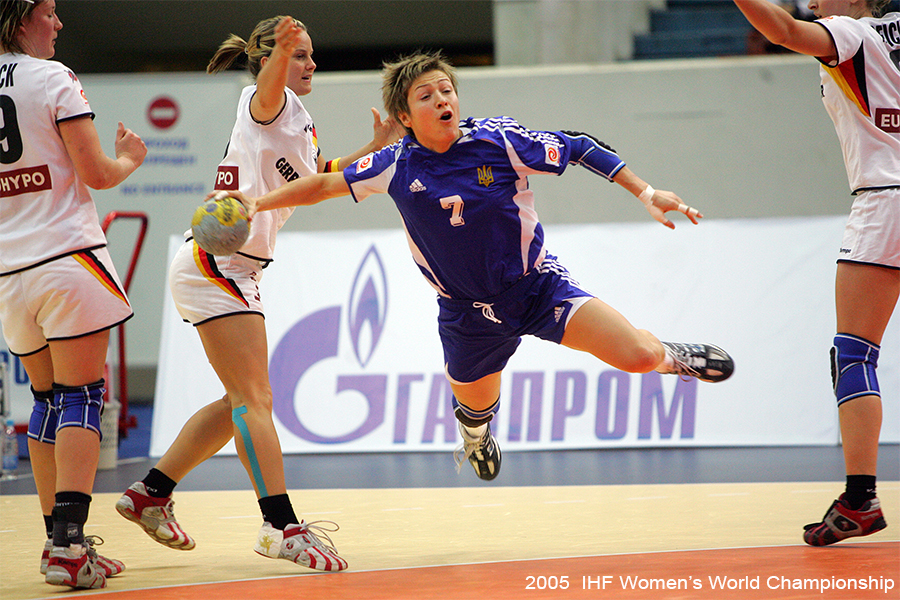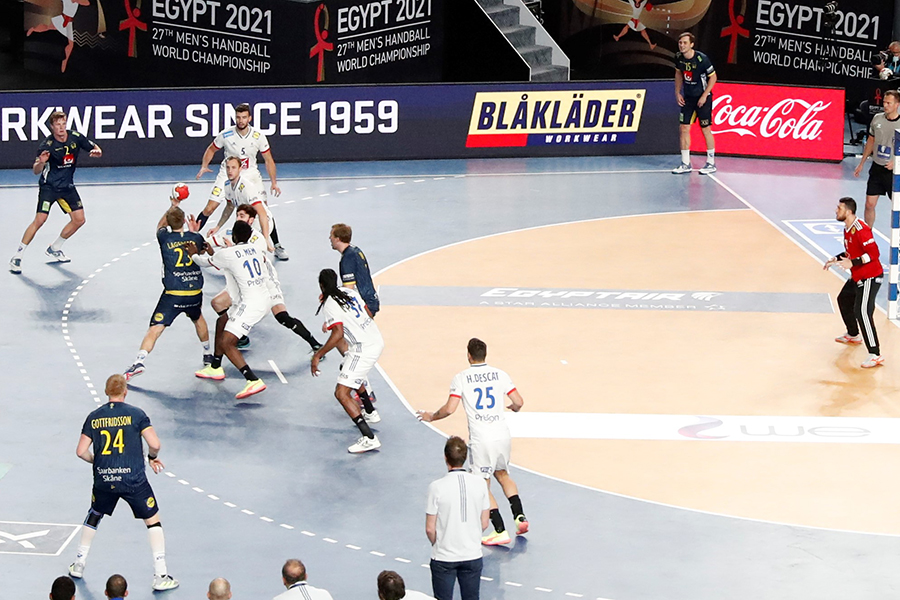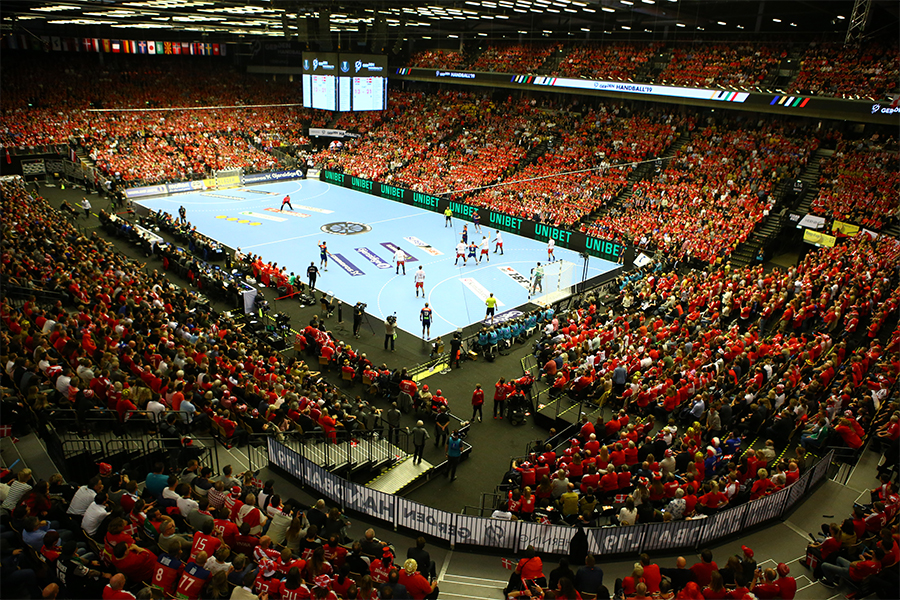How did we get here: the evolution of indoor handball
13 Jul. 2021

Maintaining the perfect balance between preserving the roots of a sport and adopting the much-needed modifications in order to make the game more attractive and avoid repetition is challenging, to say the least.
Purists will always love a hard-fought defensive battle, while new fans are constantly seeking creativity, speed and attacking brilliance. Therefore, the International Handball Federation (IHF) aims for a game that keeps everyone on the edge of their seats with every match.
Players have come and gone, new stars were born, the lion’s share and the spotlight were changed constantly between players, who were simply born to score goals, and goalkeepers, who have become legends, but the basics of indoor handball remain the same: a 40x20-metre court with a goal in the middle of each end, a six-metre zone where only the defending goalkeeper is allowed, as two teams of seven players each are trying to outscore their opponent.
As it is customary for each sport, new trends are ushered in, tactical influences, which are just brought in by shrewd coaches, are rapidly outgrown, as tournaments pass by and the introduction of new technology has helped the game develop faster, with the average of goals scored at major tournament at an all-time high in the past years.

A faster, more entertaining game
The IHF has been constantly trying to find new ways to improve the quality of handball, with 1997 being indicated as the year that really prompted the start of the evolution of the game as it is known now – a fast-paced, attacking-first, high-octane affair – that is constantly keeping viewers on the edge.
In a working group headed by the current IHF President, Dr Hassan Moustafa, and Dietrich Späte, nowadays Chairman of the IHF Commission of Coaching and Methods (CCM), new rules were implemented, most importantly, the tweaking of the throw-off, which prompted the restart of the game after a goal was scored.
This prompted a more attack-oriented game, as the average of goals scored in the IHF Men’s World Championship rapidly rose from 46.76 goals per game in 1997 to a whopping 56.89 goals per game at Egypt 2021. This 10-goal difference is proof for attacks constantly getting faster, better and more efficient, as the game’s physicality improved.
“The trends are clear: the attacks are more efficient, we have been constantly analysing what happens at premium handball events for the national teams, such as the IHF Men’s World Championship, in the past years and the results are quite staggering.
“While the attacking efficiency dropped in 2011, to 48.1%, the outputs we registered saw it bounce back to 58.6% at Egypt 2021. After defences made their mark at Sweden 2011 or Spain 2013, this has changed in the past years, as attacks are now more powerful than ever,” says Späte.
The trend is also confirmed by the numbers of the IHF Women’s World Championship, where attacking efficiency has improved from 46.1% at China 2009 to 51.6% at Japan 2019.
With teams finding new ways of scoring and line players and wings getting more and more importance in modern handball, the number of turnovers has also constantly lowered. At the 2009 IHF Men’s World Championship, teams were turning the ball over 12.6 times per game, while at Egypt 2021, the average of turnovers per game dropped to 8.8.
This means teams are taking care of the ball, have variated playbooks and, in general, execute their plans better on the court, despite the challenges from the defences.

The seven-versus-six conundrum
However, the overall growth of handball could not have been completed without a constant supervision of the rules and new changes that were ushered in just at the right time to improve the pace and the sheer quality of handball.
“Handball is now one of the fastest team sports in the world. When you take a glance at the number of attacks per match, you have 55 to 60 for each team, up to 120 attacks in each game. The time of each attack went down in the last years to 33.8 seconds on average. It is really quick, with plenty of changes between attack and defence,” adds Späte.
While size might matter in defence, intelligent and technical players like Norway’s Nora Mork or Stine Bredal Oftedal have become fan favourites by exploiting the shortcomings of the opposing defence, not being among the tallest players.
Yet, stars like Mikkel Hansen, Sander Sagosen or Cristina Neagu do rely on their powerful shots to score goals and surprise defences at times with no-look passes or out-of-the-box solutions in attack. In turn, this can unsettle defences, as attack improves.
With a plethora of rule changes implemented in the past decade, none has been more commented on than the seven-versus-six attacks, when one team substitutes the goalkeeper with an outfield player to create a superiority in attack. Critics underlined that the rule throws the game off balance, yet there are no underlining numbers that this is actually the case.
“When you play seven-versus-six, you have a player more in attack, there is more space, yet the pressure is bigger not conceding turnovers. However, the number of attacks with teams using this tactic was less than 5% at Egypt 2021, therefore it is only a weapon for some coaches. In the long run, the teams that use it are not benefitting from it,” concluded Späte.
New rules from 1 July 2022 onwards
What’s next for handball? As the IHF strives to make the game more attractive, new rules will be implemented from 1 July 2022 onwards. A special app will be launched with a large video database to cater to everyone’s need – be it for the average fan, players, coaches or referees.
The new rulebooks will be available for all stakeholders, improving the handball experience as a whole. The aim will be to improve the game and make it more accessible and entertaining for everyone. And if history serves us as a benchmark, there are promising times ahead of us.

Click here for more images of indoor handball evolving over the decades.

